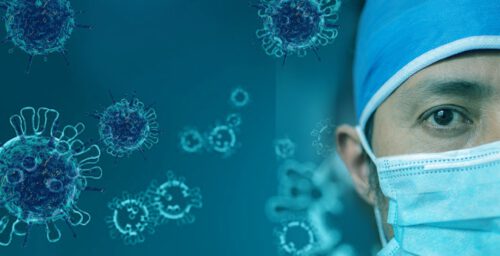Dr. Ron Diskin from the Weizmann Institute in a two-headed project against the corona virus

Dr. Ron Diskin from the Department of Structural Biology at the Weizmann Institute of Science, an expert on deadly viruses - including Ebola and HIV - is coordinating efforts in a two-headed project against the current corona virus, with the aim of developing a "trap" molecule that will allow healthy cells to escape from the corona virus (SARS-CoV -2) and to identify an antibody that has the ability to precisely bind to the virus.
In the direction of the first study, which is based on Dr. Diskin's research on "arenaviruses" (a family of viruses that infect animals and may also be transmitted to humans), a comprehensive survey is being conducted with the purpose of identifying a trap molecule that will divert the virus's attempts to enter the host cells in the body the person The sought-after "trap" requires properties that will allow it to carry out immunoadhesin activity. The goal is to decipher the XNUMXD molecular structure and enable the computational design of immunoadhesin based on this data - as a basis for a possible treatment.
Another research direction is based on Dr. Diskin's research on the mechanisms of the Ebola virus, which, like Corona, is suspected to have originated in bats, and on the potential vaccine against it. For this purpose, he collaborates with several other research groups in an attempt to isolate antibodies from recovered COVID-19 patients. They intend to decipher the XNUMXD structures of the antibodies in order to find out how they bind to the corona virus. Understanding the binding mechanism may provide researchers with new insights for developing a vaccine or antibody therapy.
In his studies on Ebola viruses, Dr. Diskin deciphered the three-dimensional structure of how the antibodies bind to the virus and found that two certain antibodies use different binding mechanisms than those known in other antibodies. Furthermore, mapping the unique binding sites of these antibodies led the research team to discover that the location of these binding sites matched what was found in patients who contracted Ebola and recovered. This process of finding out the binding mechanism of antibodies and identifying the most effective antibody is now being applied in research on the corona virus.
More of the topic in Hayadan:
